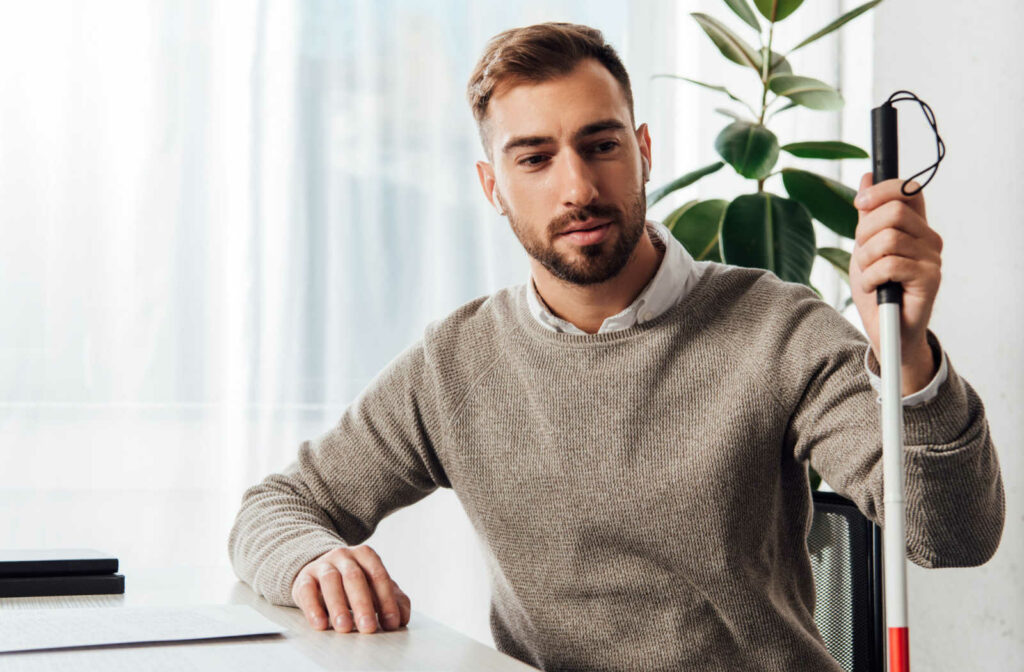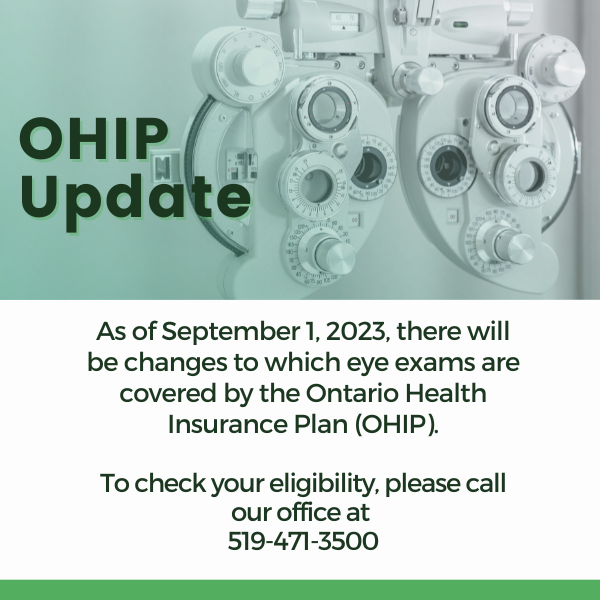According to researchers, more and more people are developing myopia. And by 2050, some experts suggest that nearly half of the world’s population will have some degree of myopia.
Myopia is a relatively common refractive error, but can it increase the risk of vision loss as it progresses? How can you help your child manage myopia and preserve their eyesight if they have it?
At Byron Optometry, we pride ourselves on providing comprehensive and caring strategies for managing various eye conditions, including myopia. Let’s look at how this issue develops, the symptoms it may cause, and how our team can help.
If you or a loved one needs help managing myopia progression or any other potential eye concern, please don’t hesitate to get in touch with us. Book an appointment and take control of your vision and eye health today!
How Does Myopia Develop?
Myopia, more commonly known as nearsightedness, typically develops during childhood, around age 6 or 7. It occurs when the eye is too long or the cornea is too steep, which affects how light focuses on the retina, resulting in blurry distance vision.
Myopia is a complicated condition. Some studies show a genetic component; your child is more likely to have myopia if you, your partner, or your other children have it. But studies also show that lifestyle, such as time spent indoors and close work, can influence it. Either way, once myopia develops, it can progress into adulthood.
Today, myopia affects about 30% of the Canadian population.
Early Signs of Myopia
Often, a child will not show any noticeable signs of myopia, which is why the best way to detect this refractive error is to ensure your child has regular eye exams. During their exam, we perform several tests to detect myopia and determine how it may affect their quality of life.
There are also several signs you can look for to help determine if your child is struggling with myopia. If you notice your child displaying any, please book an appointment with us so we can start looking at how we can help manage the issue.
School-Related Issues
Myopia can significantly impact your child’s progress at school. Much of their education relies on the quality of their vision, and myopia prevents them from seeing distant objects clearly. If your child has undiagnosed myopia, they might:
- Struggle with their grades
- Have difficulty playing sports and games with friends
- Lose their attention during presentations and lessons
Behavioural Changes
You can spot some symptoms of myopia based on your child’s behaviour and interaction with the world around them. Children with myopia may start:
- Sitting close to television and computer screens
- Squint when watching something far away
- Blink or rub their eyes constantly
Physical Symptoms
Myopia may also contribute to several physical symptoms, like:
- Headaches
- Eye strain

What Is High Myopia & Can It Lead to Blindness?
Myopia progression typically stabilizes by age 20. However, myopia can progress quite a lot during that time and, in some cases, lead to high myopia.
High myopia can increase the risk of several eye conditions and diseases, some of which can lead to permanent vision loss if left unmanaged.
Myopic Retinal Damage & Macular Degeneration
As an eye with myopia continues to grow too long, it can damage the retina and macula, structures responsible for translating the light that enters the eyes into sight. If this occurs, your child may experience permanent vision loss from myopic macular degeneration or risk retinal detachment.
Open-Angle Glaucoma
Open-angle glaucoma is the most common type of glaucoma people can develop, and it can lead to permanent vision loss if not treated.
High myopia can increase the risk of open-angle glaucoma, which slowly increases pressure inside the eyes over time, damaging the optic nerve and causing vision loss. The optic nerve is responsible for transmitting information from the eyes to your brain, where it’s turned into images.
Cataracts
Most people develop cataracts as they age, and not everyone with cataracts will need surgery. But those with high myopia are 17% more likely to need cataract surgery.
As you age, cataracts affect your eye’s natural lens, causing them to slowly become milky, cloudy, or hazy. This condition occurs when proteins in your lens break apart and clump together, causing the lens to become more rigid and opaque.
Corrective lenses and contacts can help you see more clearly the early stages of cataracts, but cataract surgery may become necessary if they affect your quality of life.
How to Manage Myopia Development
There are several different ways our team can help manage myopia progression, but the best tool is regular eye exams. During the exam, we look for various signs of myopia and provide a personalized strategy to help preserve your child’s sight.
There is no way to reverse the effects of myopia, but with the help of our caring, compassionate team, we can help prevent myopia from causing vision loss by recommending solutions like myopia control spectacle lenses, specialty contact lenses, and atropine drops.
MiyoSmart Spectacle Lenses
MiyoSmart spectacle lenses are an innovative and effective option to help slow myopia progression in children by 60%. These lenses alternate focus and defocus zones to correct the refractive error and provide your child with clear vision, while simultaneously slowing the elongation of the eye and managing myopia progression.
MiyoSmart spectacle lenses are designed to fit into your child’s active lifestyle and have no limitations to frame options.
Specialty Contact Lenses
While eyeglasses may be the first step to correcting myopia, specialty contact lenses specifically designed to control myopia progression are available.
One contact lens uses myopic defocusing to correct the refractive error while also slowing eye growth and elongation. Another method, orthokeratology (ortho-k), gently reshapes the cornea overnight to correct eyesight while also slowing eye elongation.
We can recommend a specific approach after a comprehensive eye exam.
Low-Dose Atropine Eye Drops Treatment
Studies have found that low-dose atropine eye drops can also help slow eye elongation over time. Atropine is typically used to dilate the pupil during an eye exam and is a safe treatment myopia.
Laser Eye Surgery
Laser eye surgery, also known as refractive surgery, can permanently correct myopia symptoms and provide clear vision. However, laser eye surgery doesn’t slow down myopia development, so we might only recommend this option to people who’s myopia progression has stabilized in adulthood.
Before we can recommend the procedure, we’ll have you come in for a consultation to determine your candidacy and whether the treatment is right for your needs.
There are several types of laser eye surgery, but the most common is LASIK. During LASIK eye surgery, an eye surgeon (ophthalmologist) makes a small incision in the outer layer of your cornea to access the underlying corneal tissue, which they reshape using laser technology to correct your vision.
Book an Eye Exam Today
Myopia may be a common concern for parents across the country, but there are several ways our team can help detect and control the issue using proven strategies and techniques.Whether you or your child is struggling with myopia, please book an appointment to get the help you deserve today!



